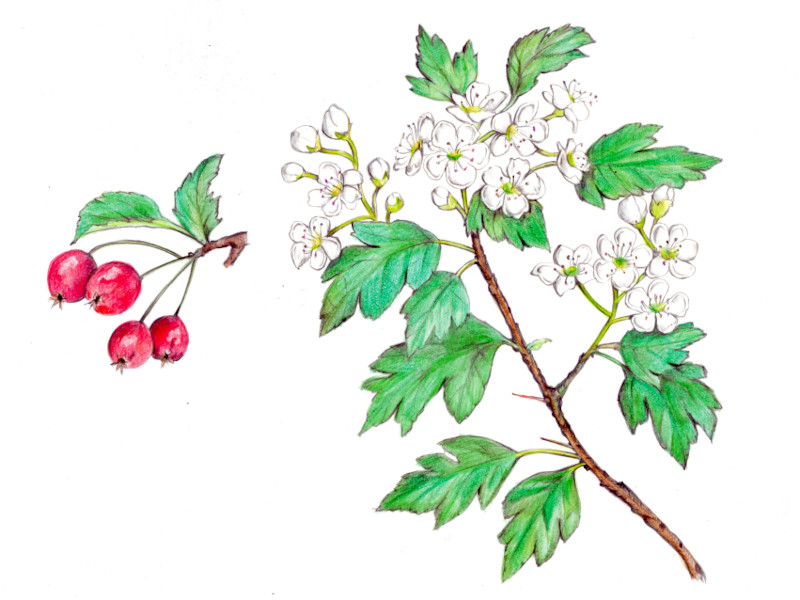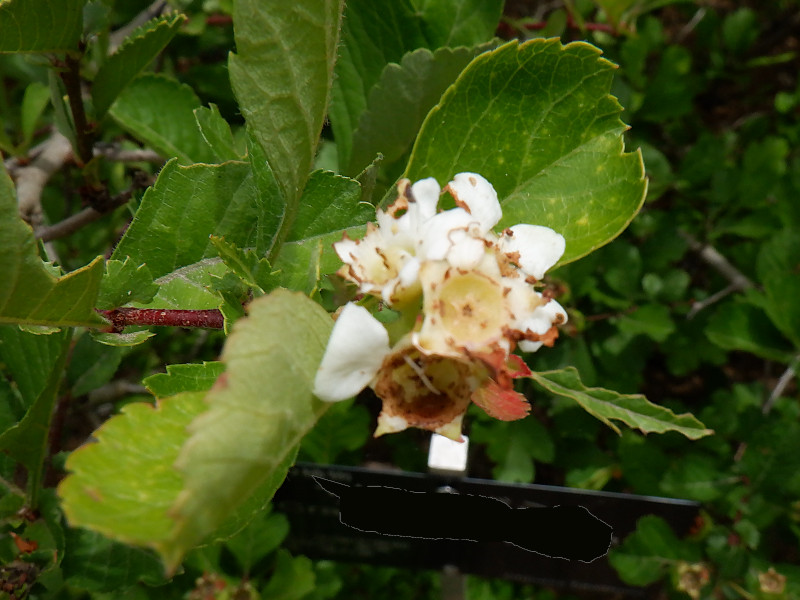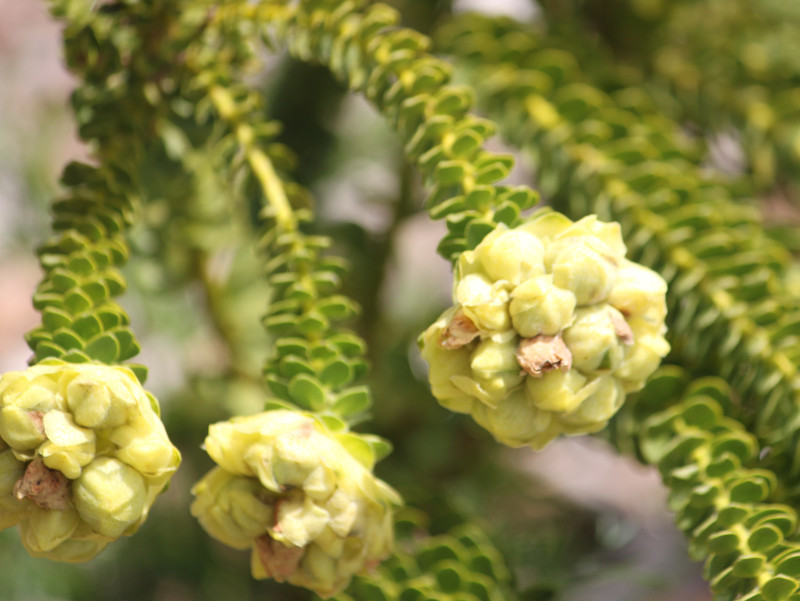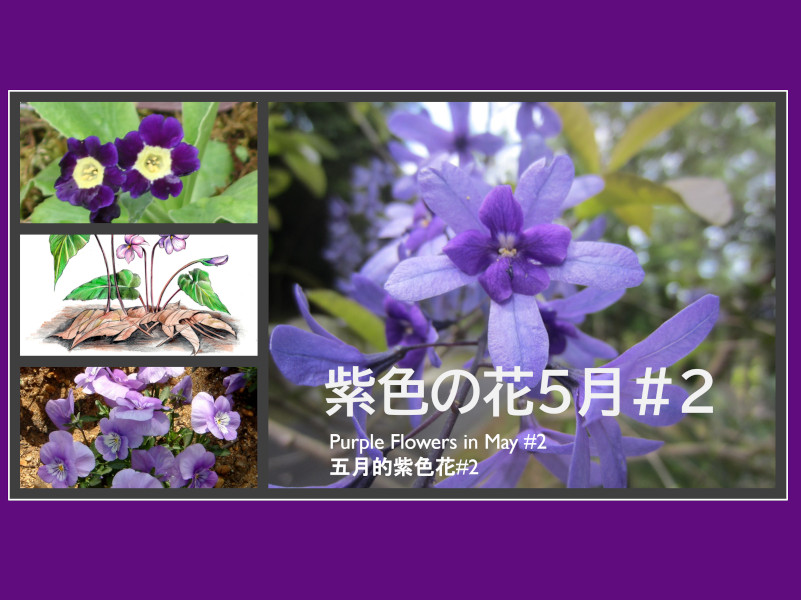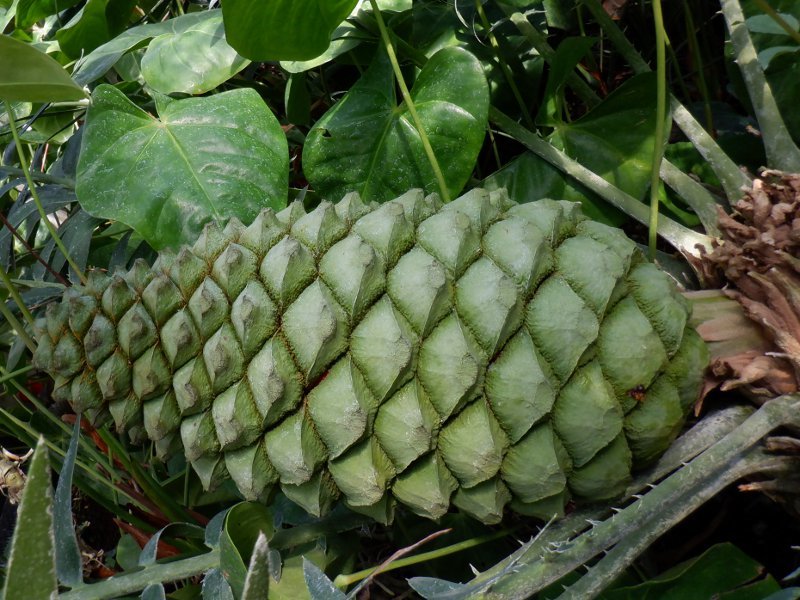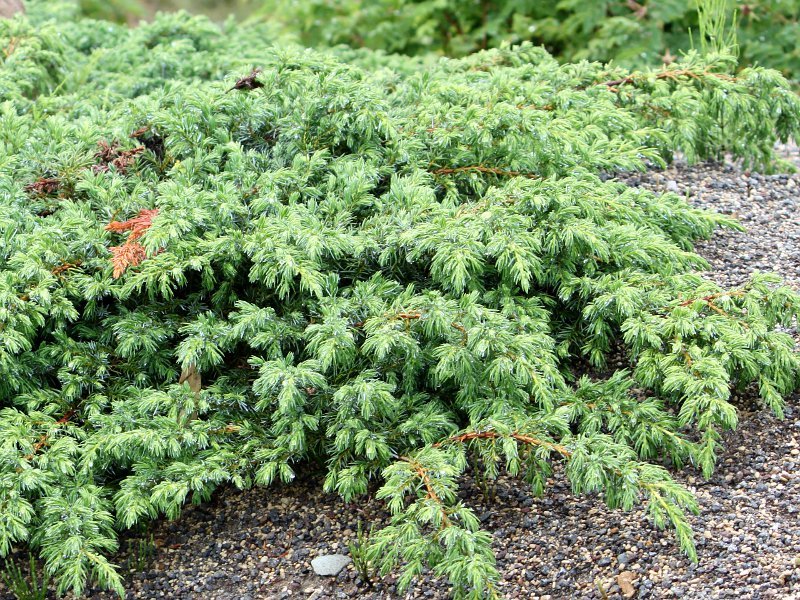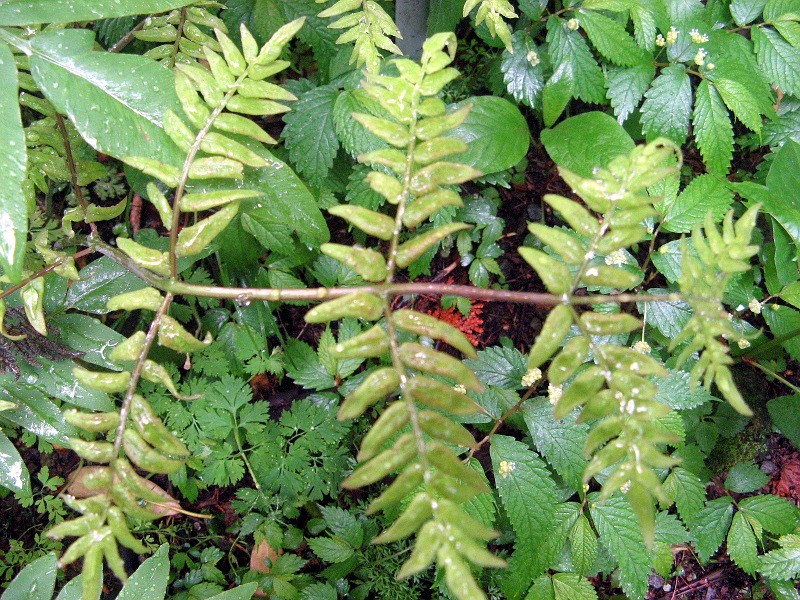Crataegus cuneata
- Flower nameCrataegus cuneata
- Scientific nameCrataegus cuneata
- Alias山査子, サモモ
- Place of originChina
- Place of floweringGarden, Park, Bonsai
- Flowering seasonApril, May
What is Crataegus cuneata
Crataegus cuneata or Hawthorn ( scientific name: Crataegus cuneata) is a deciduous broad-leaved shrub in the family Rosaceae, native to China. It was introduced to Japan from China as a medicinal tree in 1734 (Edo period). The tree is 1.5 to 3 m tall and well branched, with many thorny twigs. The leaves are inverted-ovate with rough serrations on the leaf margins and wedge-shaped at the leaf base.
White flowers in spring, red berries in fall.
The five-petaled white flowers bloom from April to May, followed in October by red or yellow spherical pseudo-fruits about 2 cm in diameter. The dried fruit is the crude drug "hawthorn", and the dried fruit without the seeds is called "hawthorn berry".
Fruit content
The fruit contains oleanolic acid, quercetin, chlorogenic acid, vitamin C, and carotene (provitamin A).
Scientific name
Of the scientific name (Crataegus cuneata), the genus name "Crataegus" is a compound of the Latin words "kratos" (power, strength) + "agein" (to have, carry), meaning "strong, powerful. The Latin word "cuneata" in the species name means "wedge-shaped.
Dried fruits are used as a crude drug
Crude Hawthorn
A decoction of the crude drug is used for stomach health, intestinal regulation, digestion and absorption, antidiarrhea, sedation, indigestion, chronic diarrhea, and postpartum abdominal pain.
Hawthorn Charcoal" or "Hawthorn Fried Charcoal
Blackened hawthorn, taken for gastric bleeding and hemorrhagic diarrhea.
In Chinese medicine
In Chinese herbal medicines such as Kami-hei gastrodispersant and Keihitou - effective for high blood pressure and stomach health.
Uses of Hawthorn
Hawthorn wine - Hawthorn berries soaked in white liquor.
Hawthorn cakes (haw flakes) and hawthorn pudding (shan jia gao) - a kind of yokan (sweet bean jelly).
Bingtang hulu - Fruits soaked in sugar or honey and eaten.
Flowers of the same genus
Hawthorn (Crataegus cuneata) - The tree is about 2 meters tall. Crude drug name: sanshako (山査子/山楂子)
Kimino hawthorn (C. cuneata f. lutea) - Fruits are yellow.
Crataegus pinnatifida var. major (scientific name: Crataegus pinnatifida)- The tree grows up to 8 m tall and has large fruits. Crude drug name: sansho (山査子/山楂子)
Crataegus oxyacantha (C. oxyacantha)
A "heart-healthy herb." Also known as mayflower (Mayflower, from its flowering time in May). The fruit and leaves are used for heart disease and related conditions such as cardiac tonicity, palpitations, myocardial weakness, tonsillitis and indigestion. Combined with ginkgo (Ginkgo biloba), it is also used to prevent memory loss.
■Hawthorn and Kitahara Hakushu Literature
Kono Michi" (This Road), 1926, No. 4 by Kitahara Hakushu
That cloud, too, is a cloud I saw someday
Oh, yes, that's right.
Even the branches of the hawthorn are drooping.
■Hawthorn and Anne of Green Gables Literature
The hawthorn that Anne of Green Gables praises so highly is not the hawthorn native to China (apparently a mistranslation), but is actually a member of a different family (azalea family) called the Mayflower, which is said to be the Trailing Arbutus. The true flower is called "Trailing Arbutus," which is in a different family (azalea family).
Language of flowers
The language of flowers is "hope," "the only love," and "prudence.
Common name: Crataegus cuneataor hawthorn, scientific name: Crataegus cuneata, Place of Origin: South-central China; Height: 1.5-3 m; Life Form: deciduous broad-leaved shrub, well branched; Twigs: thorny; Leaf Shape: inverted ovate; Leaf Length: 0.6 cm; Leaf Edge: coarsely serrate; Leaf Base: wedge-shaped; Flowering Period: April to May; Flowering Place: on branch tips with leaves; Flower Color: white; Flower Aroma: sweet, fresh fragrance; Petal Number: 5; Fruiting Fruiting period: October, Fruit diameter: 2 cm, Fruit shape: spherical, Fruit color: yellow to red, Fruit shape: false fruit, Fruit edible: edible, Uses: fruit is used as herbal medicine "hawthorn", fruit wine, dried fruit, ornamental garden tree and bonsai for flower and fruit.
